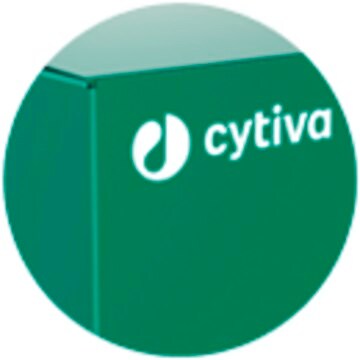CG201
cGMP Enzyme Immunoassay Kit
sufficient for 96 assays
Iniciar sesiónpara Ver la Fijación de precios por contrato y de la organización
About This Item
Código UNSPSC:
12161503
NACRES:
NA.32
Productos recomendados
uso
sufficient for 96 assays
Nivel de calidad
técnicas
ELISA: suitable
Condiciones de envío
wet ice
temp. de almacenamiento
−20°C
Información sobre el gen
human ... PRKG1(5592)
Descripción general
cGMP Enzyme Immunoassay Kit is non-radioactive, competitive immunoassay for the quantitation of cyclic guanine monophosphate (cGMP) in biological fluids (serum, plasma, urine and saliva), tissue culture media samples or in samples containing very low concentrations of cyclic nucleotides. This kit uses a polyclonal antibody to cGMP to competitively bind cGMP or cGMP that has been covalently linked to an alkaline phosphatase molecule. The immunoassay is performed in a 96 well plate coated with anti-rabbit IgG antibody. The colored end product, produced by the addition of substrate to the wells, is read at 405 nm on a multiwell plate reader. The intensity of the color is inversely proportional to the concentration of cGMP present in the well.
Aplicación
Non-radioactive, competitive immunoassay for the quantitation of cGMP in biological fluids (serum, plasma, urine and saliva), tissue culture media samples, or in samples containing very low concentrations of cyclic nucleotides. This kit uses a polyclonal antibody to cGMP to competitively bind cGMP or cGMP that has been covalently linked to an alkaline phosphatase molecule. The assay is performed in a 96 well plate coated with anti-rabbit IgG antibody. The colored end product, produced by the additon of substrate to the wells, is read at 405 nm on a multiwell plate reader. The intensity of the color is inversely proportional to the concentration of cGMP present in the well.
cGMP Enzyme Immunoassay Kit has been used for the quantitative determination of cyclic guanine monophosphate (cGMP) concentration in parasite tissues and mouse aortic artery homogenates. It has also been used to assess the guanylate cyclase activity.
Solo componentes del kit
Referencia del producto
Descripción
- Acetic Anhydride 1 x 1
- Assay Buffer 2 1 x 30
- cGMP-Alkaline Phosphatase Conjugate 1 x 5
- cGMP Assay Layout Sheet 1 x 1
- cGMP EIA Antibody Rabbit Anti-cGMP 1 x 5
- 5 Cycle Logit-Log Paper 1 x 1
- Cyclic GMP Standard 1 x 0.5
- Goat Anti-Rabbit IgG Coated 96 Well Microtiter Plate 1 ea
- p-Nitrophenyl Phosphate Substrate Solution 1 x 20
- Plate Sealer 1 ea
- Stop Solution 1 x 5
- Triethylamine 1 x 2
- Wash Buffer Concentrate 1 x 30
Ver todo (13)
Palabra de señalización
Danger
Frases de peligro
Clasificaciones de peligro
Acute Tox. 2 Inhalation - Acute Tox. 3 Dermal - Acute Tox. 4 Oral - Eye Dam. 1 - Flam. Liq. 2 - Skin Corr. 1A - STOT SE 3
Órganos de actuación
Respiratory system
Código de clase de almacenamiento
3 - Flammable liquids
Punto de inflamabilidad (°F)
12.2 °F - closed cup
Punto de inflamabilidad (°C)
-11 °C - closed cup
Elija entre una de las versiones más recientes:
¿Ya tiene este producto?
Encuentre la documentación para los productos que ha comprado recientemente en la Biblioteca de documentos.
Los clientes también vieron
Inhibition of MPO (Myeloperoxidase) Attenuates Endothelial Dysfunction in Mouse Models of Vascular Inflammation and Atherosclerosis
Cheng D, et al.
Arteriosclerosis, Thrombosis, and Vascular Biology, 39(7), 1448-1457 (2019)
Identification of a novel Arabidopsis thaliana nitric oxide-binding molecule with guanylate cyclase activity in vitro
Mulaudzi T, et al.
Febs Letters, 585(17), 2693-2697 (2011)
Genistein from Flemingia vestita (Fabaceae) enhances NO and its mediator (cGMP) production in a cestode parasite, Raillietina echinobothrida
Das B, et al.
Parasitoloty, 134(10), 1457-1463 (2007)
David Cheng et al.
Arteriosclerosis, thrombosis, and vascular biology, 39(7), 1448-1457 (2019-05-03)
Objective- Inflammation-driven endothelial dysfunction initiates and contributes to the progression of atherosclerosis, and MPO (myeloperoxidase) has been implicated as a potential culprit. On release by circulating phagocytes, MPO is thought to contribute to endothelial dysfunction by limiting NO bioavailability via
Chard, T.
An Introduction to Radioimmunoassay and Related Techniques (1990)
Nuestro equipo de científicos tiene experiencia en todas las áreas de investigación: Ciencias de la vida, Ciencia de los materiales, Síntesis química, Cromatografía, Analítica y muchas otras.
Póngase en contacto con el Servicio técnico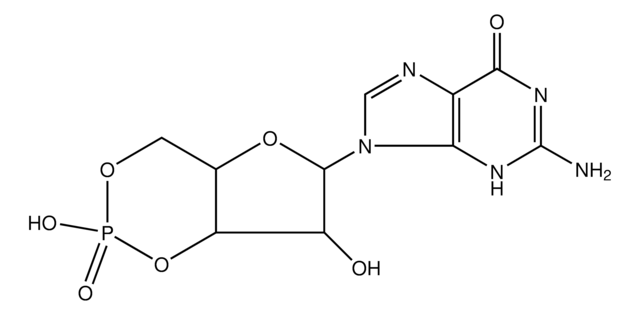
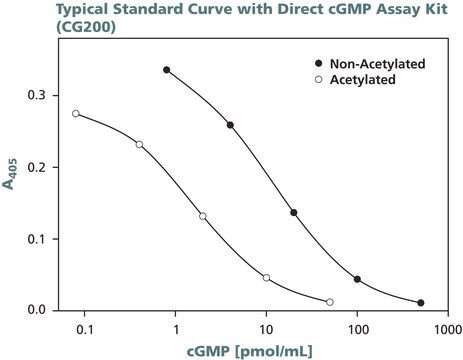
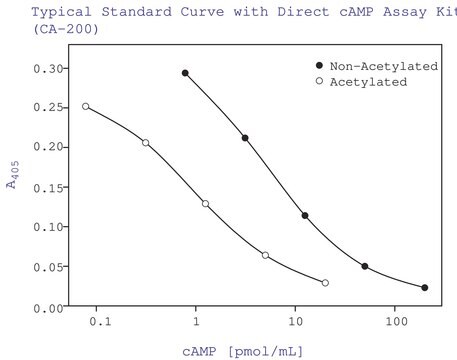
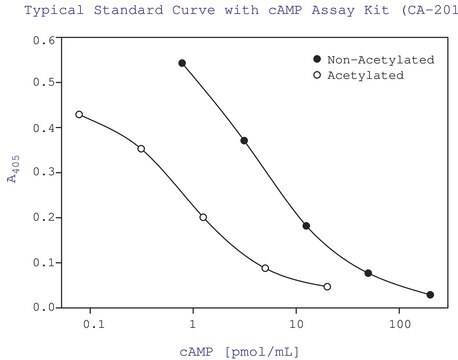



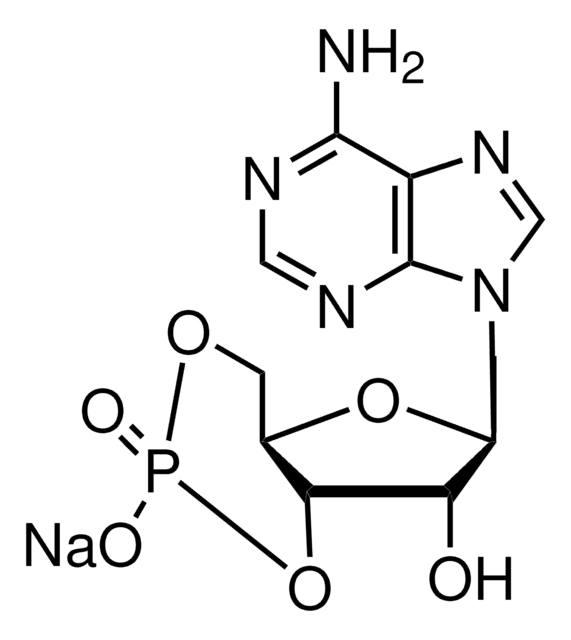
![Western Blocking Reagent, Solution solution, sufficient for 10 blots (11921673001 [100 cm2]), sufficient for 60 blots (11921681001 [100 cm2])](/deepweb/assets/sigmaaldrich/product/images/352/091/ef743cea-ccd8-44f1-8f3b-dec5a1e4f5d1/640/ef743cea-ccd8-44f1-8f3b-dec5a1e4f5d1.jpg)
